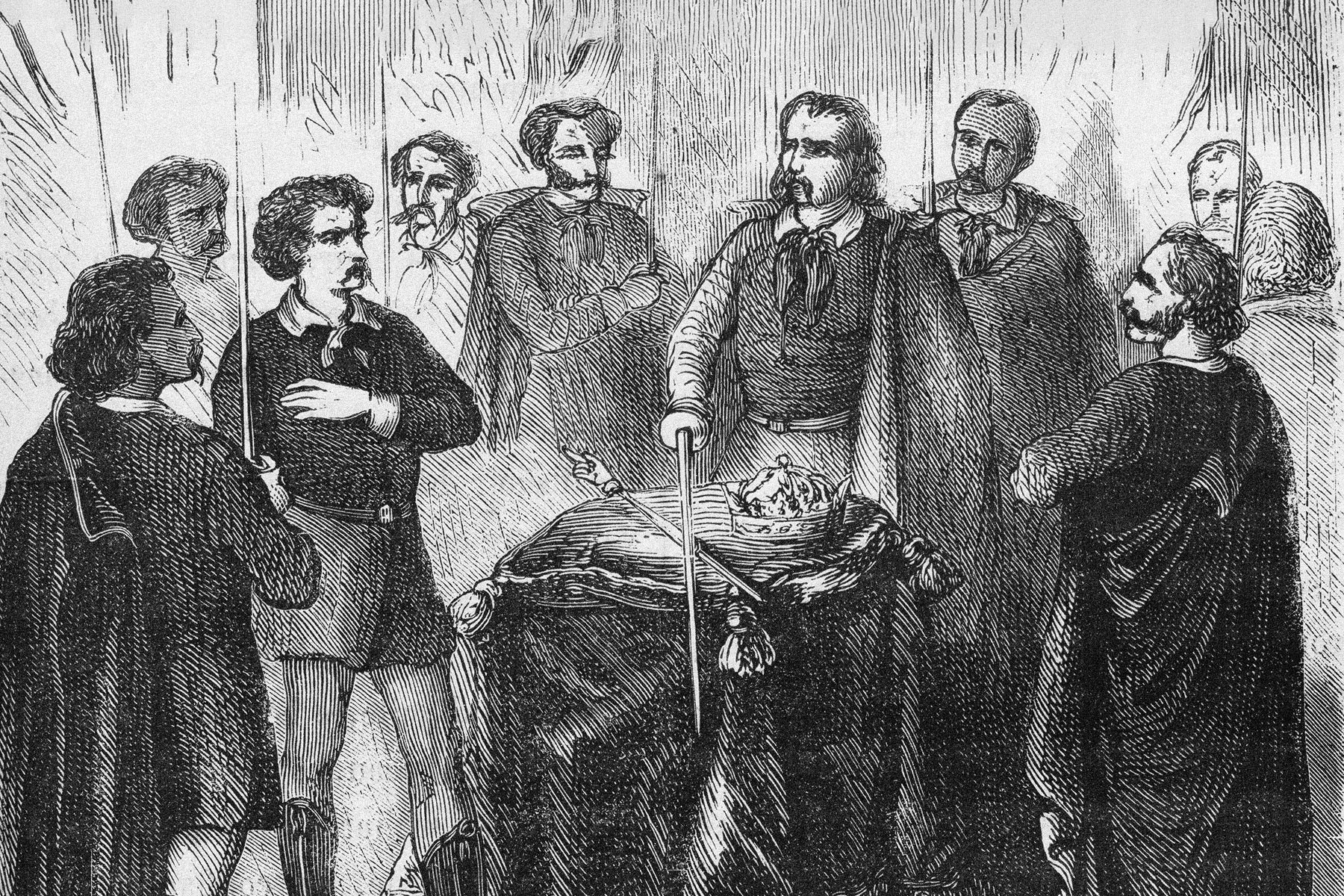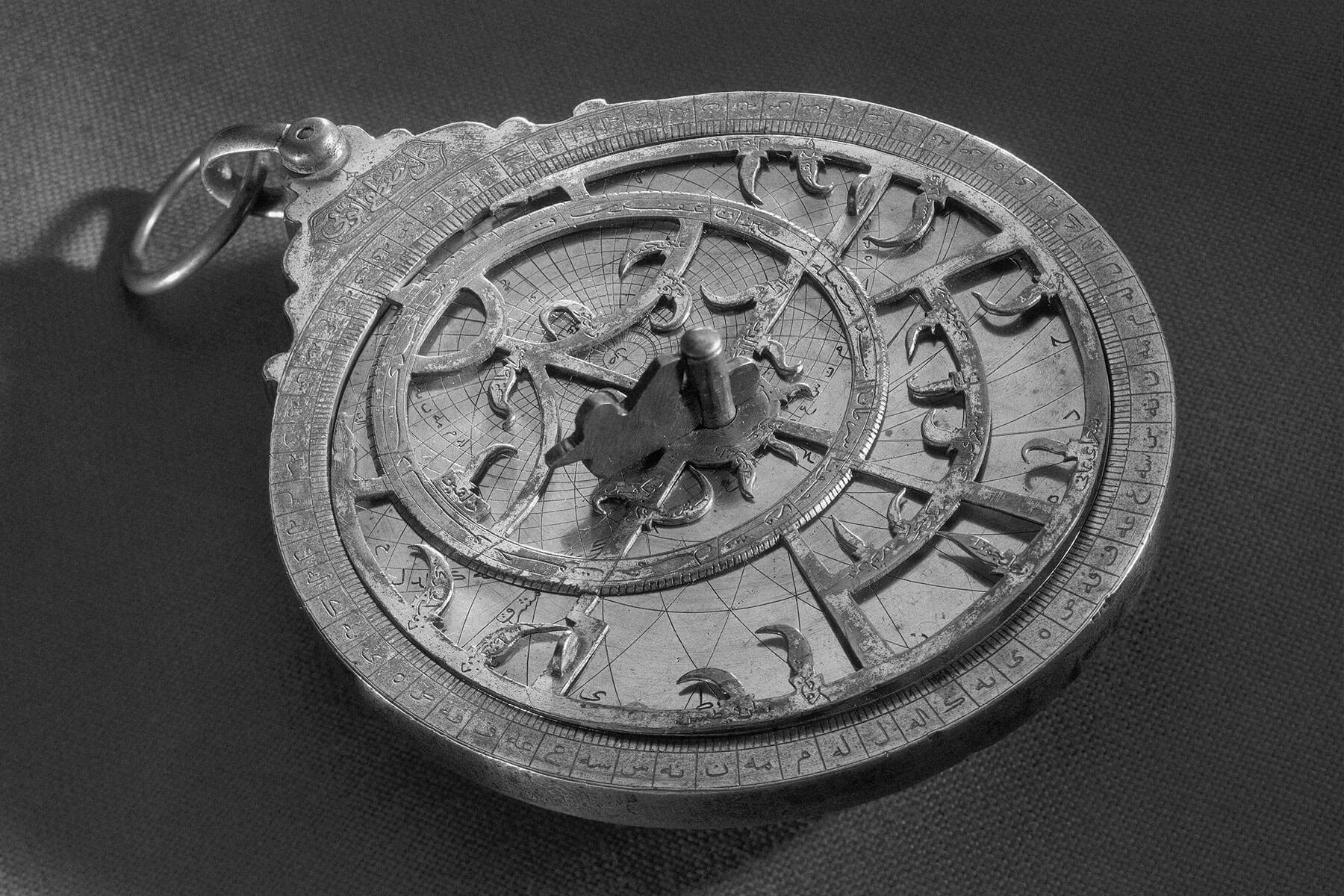| In his 1907 self-published pamphlet "The Waste of Daylight," Willett wrote, "The sun shines upon the land for several hours each day while we are asleep, and is rapidly nearing the horizon, having already passed its western limit, when we reach home after the work of the day is over." To maximize time spent during the daylight hours, he suggested changing the clocks at 2 a.m. on Sundays during the spring and fall — something we still do today. But, unlike today, the transition was to happen 20 minutes at a time over the course of four weeks, twice a year, for a total of eight time changes each year. And rather than an even hour, the time difference would be 80 minutes. Willett's proposal was considered in the British House of Commons in 1908, but it was met with derision and soundly rejected. |
| During World War I a decade later, many countries were looking for new ways to save money. Inspired by Willett's original proposal, which had included estimated savings in electricity costs, Germany and Britain implemented "Summer Time" in 1916, changing the clocks just one hour twice a year. The United States followed suit, first observing daylight saving time on March 31, 1918. |













No comments:
Post a Comment